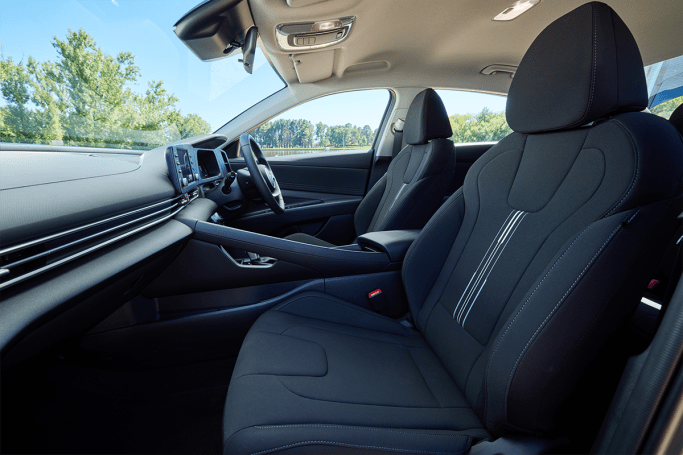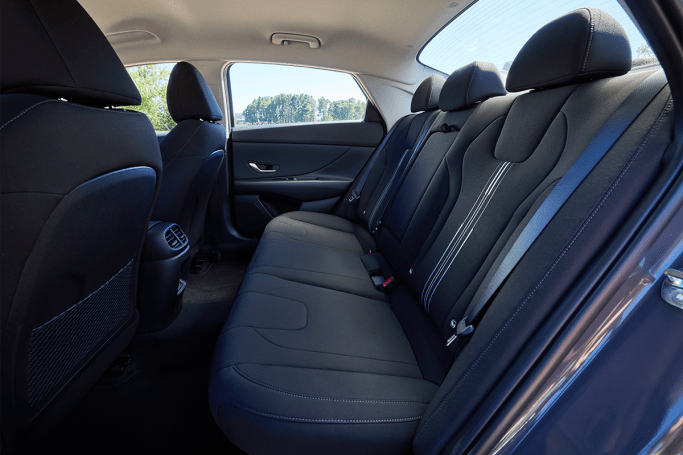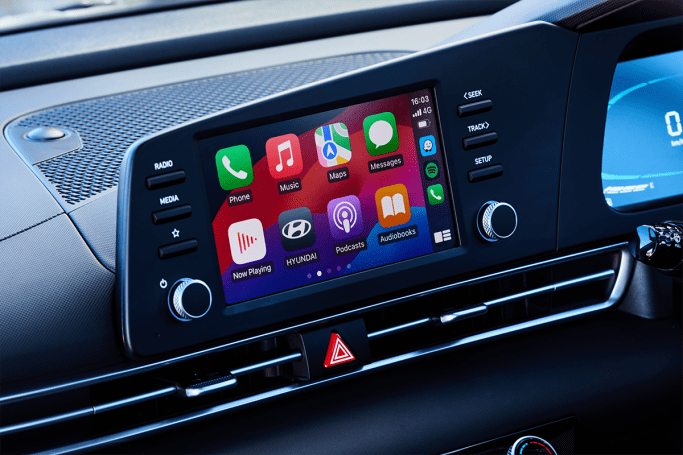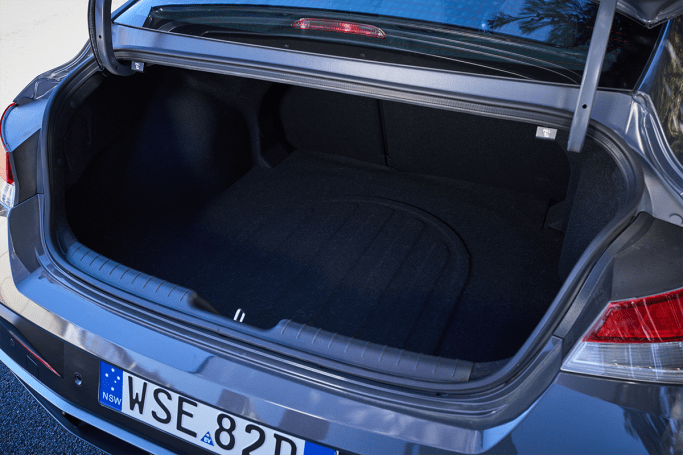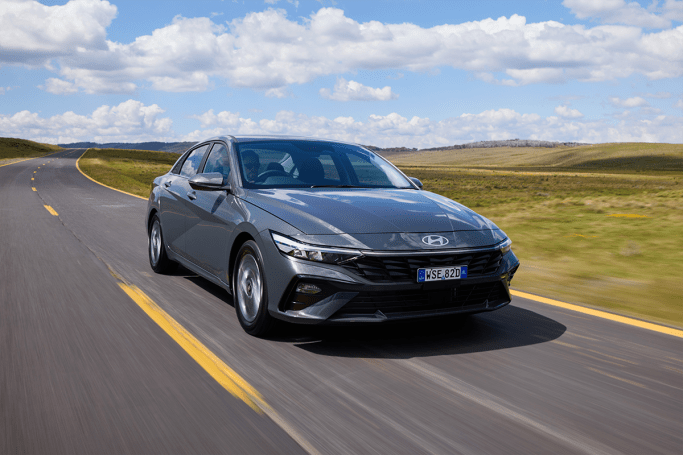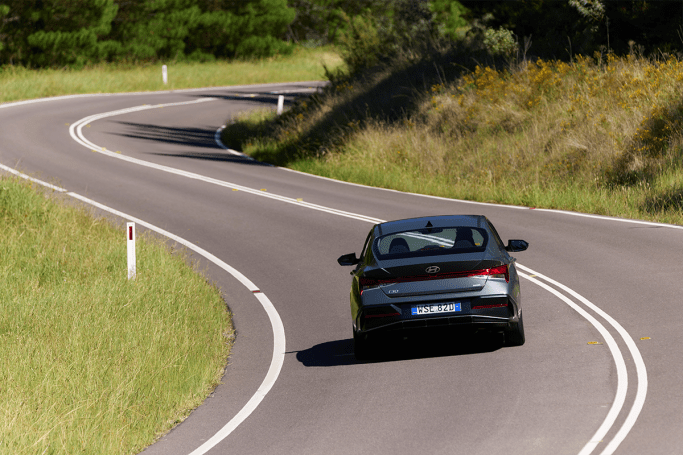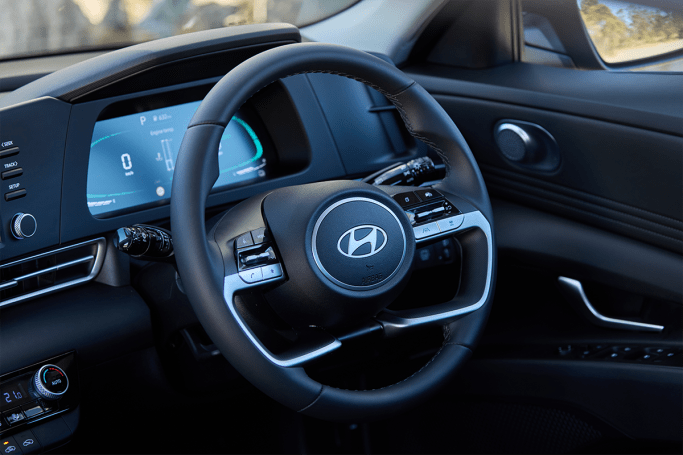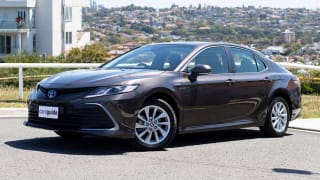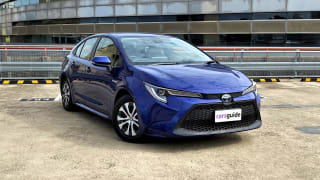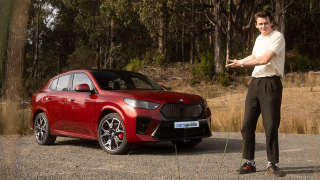In a word, yes! Right now, just the entry-level i30 Sedan Hybrid has landed, starting from $33,000, before on-road costs. Active has been dropped as the base badge so this grade’s nameless.
You’ll have to wait for a few weeks before we're able to share the price of the mid-spec Elite and luxury Premium versions. And, sadly, there won’t be any sporty hybrid N-Line or full-fat N, either. Not for the foreseeable future, anyway.
Besides this intriguing petrol-electric addition, the changes made to the broader (CN7) Series II i30 Sedan range for 2024 deserve a mention.
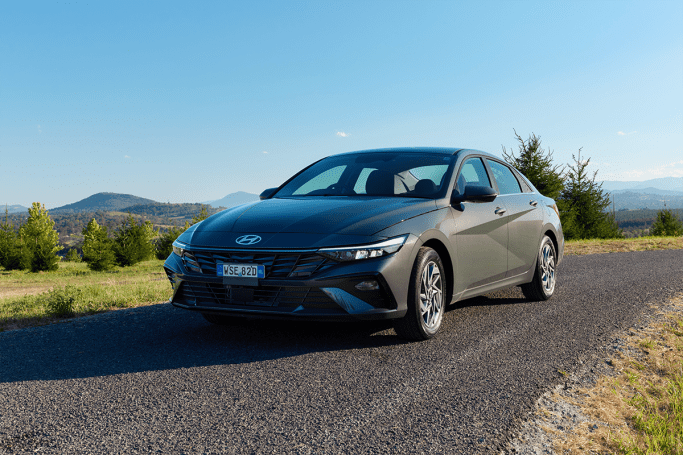
These include a beefed-up body structure, somewhat sleeker (and now all-LED) headlights, restyled bumpers, improved 'Autonomous Emergency Braking' (AEB) and adaptive cruise control functionality (among other driver-assist safety additions), USB-C outlets, revised electronic instrumentation, a larger wireless phone charger, access to Hyundai’s 'Blue-Link' server-based voice-control subscription service (free from Elite up) and redesigned alloy wheels.
Plus, the base 2.0-litre GDI (gasoline direct injection) petrol engine adopts an Atkinson Cycle combustion process and 'Continuously Variable Transmission' (CVT) for improved efficiencies compared to the previous torque-converter six-speed auto, while the flagship i30 Sedan N scores a heap of upgrades to the chassis, suspension and interior for an even sharper drive. You can read about the latter in a separate review.
Returning to the i30 Sedan Hybrid now, what does $33,000 before on-roads buy you?
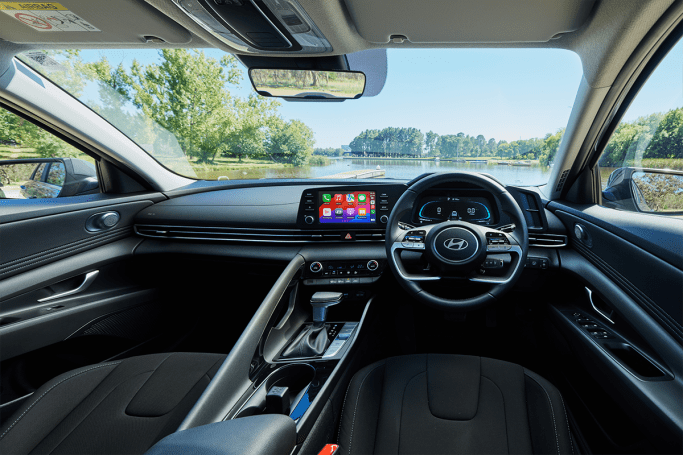
For starters, a middling level of driver-assist tech (check the safety section below for more details), adaptive cruise control with stop/go functionality, an 8.0-inch touchscreen, plugged Apple CarPlay/Android Auto, front and rear proximity sensors, a rear camera, Bluetooth connectivity, cloth seats, a leather steering wheel, rear air vents and 16-inch alloy wheels.
Note, too, that while the i30 Sedan Hybrid costs $4000 more than the regular 2.0L GDI equivalent, it isn’t just all down to the fancy electric motor and battery tech.
For instance, the torsion beam rear suspension is binned for a multi-link arrangement, dual-zone climate-control is added and rain-sensing wipers are fitted. You do lose the full-sized spare for a space-saver, though. At least it’s not an infernal tyre repair kit.
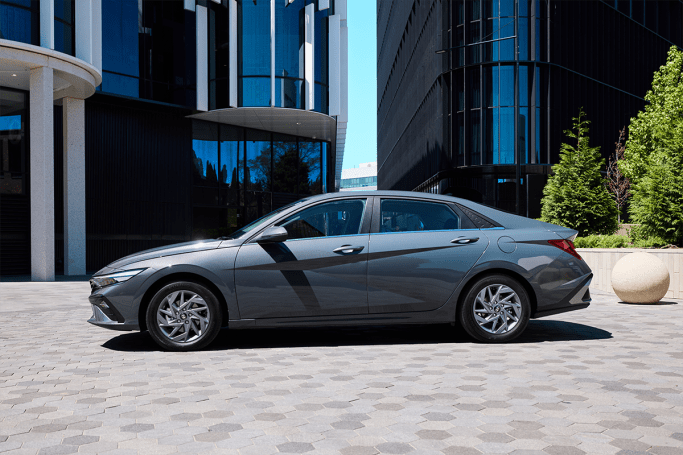
We’re expecting a $4500 step up to the as-yet unpriced Hybrid Elite, but it does usher in good stuff like blind-spot monitoring, safe-exit warning, rear cross-traffic alert, a larger touchscreen at 10.25 inches, keyless entry/start, leather, digital radio and 17-inch alloys. If these items are essentials, then you’ll have to wait a few weeks longer.
The smaller, narrower, lighter and slightly-cheaper Corolla Ascent Sport Hybrid (from $32,320 before ORC) is more-alluringly equipped by our reckoning and has a bigger boot to boot, but offers less space and muscle. More on that later.
It’s then a near-$20K hike for Honda’s hybrid hatch, which immediately disqualifies it for most buyers searching for a base hybrid but, then again, the Civic is loaded, meaning that gap would likely halve against the equivalently-equipped i30 Sedan Premium and Corolla ZR flagships. So, if you value interior space above all else, we say advantage Hyundai, though the base car is a bit short on safety and multimedia tech.





